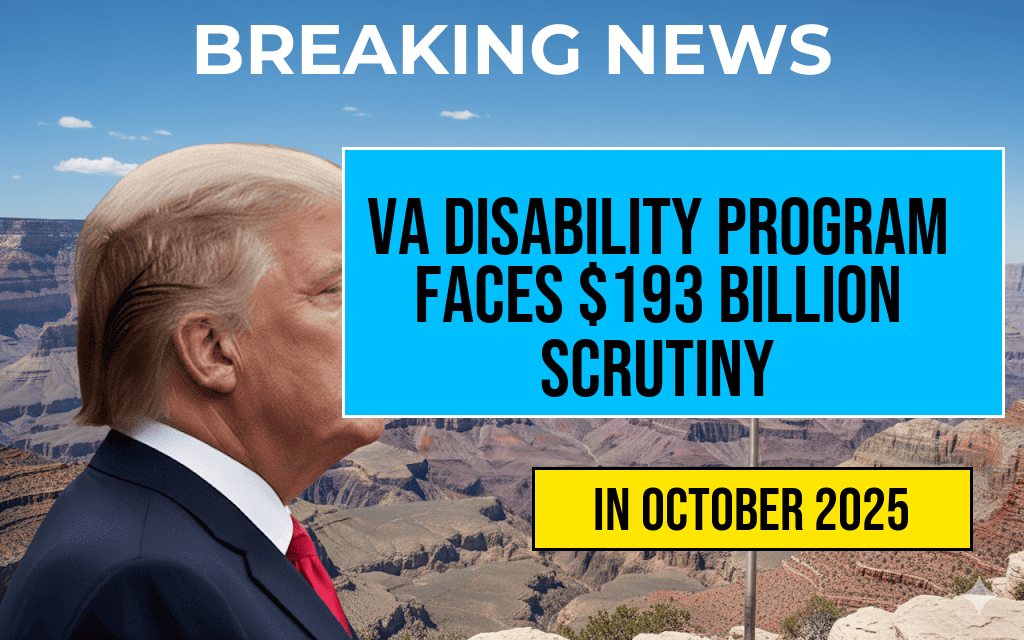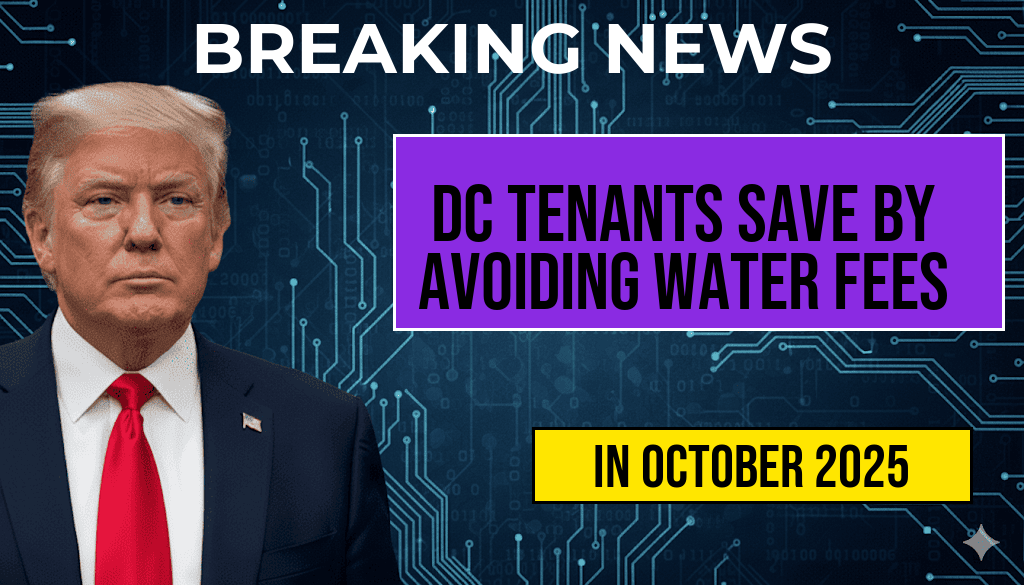The U.S. Department of Veterans Affairs (VA) is facing intense scrutiny as it navigates a complex landscape of disability claims that could result in $193 billion in payouts. As the agency struggles with a backlog of claims and allegations of inefficiency, veterans advocate for reforms that would expedite access to benefits. The current situation raises critical questions about the administration of the VA disability program and its capacity to adequately serve the needs of millions of veterans. With a significant portion of the budget tied to these payouts, lawmakers and veterans’ organizations are urging for a comprehensive review of the processes involved in determining eligibility and processing claims.
Background of the VA Disability Program
The VA disability program was established to support veterans who have suffered injuries or illnesses related to their service. Through monthly compensation, the program aims to provide financial stability for veterans and their families. However, a combination of rising claims and administrative challenges has led to a growing backlog, with veterans often waiting months, if not years, for their claims to be processed.
Current Challenges Facing the VA
- Backlog of Claims: As of late 2023, the VA is contending with over 200,000 pending claims, leading to extended wait times for veterans seeking disability benefits.
- Allegations of Mismanagement: Reports have surfaced suggesting that some claims are improperly denied due to insufficient documentation or lack of adequate training among claims processors.
- Budget Constraints: The $193 billion in potential payouts has sparked concerns among lawmakers regarding the sustainability of the program and its impact on the federal budget.
Legislative Response and Proposed Reforms
In response to the growing concerns, several legislators have introduced proposals aimed at reforming the VA disability program. These proposals focus on streamlining the claims process and enhancing the training of claims processors. Key areas of reform include:
- Increased Funding: Advocates are calling for additional funding to reduce the backlog and improve the efficiency of claims processing.
- Technology Upgrades: Investment in modernizing the VA’s IT systems could help speed up the claims process and improve data management.
- Outreach Programs: Enhanced outreach efforts to educate veterans about the claims process and eligibility requirements may help reduce confusion and improve application accuracy.
The Impact on Veterans
For many veterans, delays in disability claims can have profound implications. Financial instability, lack of access to healthcare, and mental health challenges are just a few of the issues that arise from prolonged wait times. Veterans’ organizations, such as the Veterans of Foreign Wars (VFW), are advocating for immediate reforms to address these systemic issues, emphasizing that timely access to benefits is essential for the well-being of those who have served the country.
Public and Political Reaction
The situation has drawn bipartisan attention, with lawmakers from both parties expressing concern over the VA’s handling of disability claims. Public opinion is increasingly in favor of reform, as many Americans believe that veterans deserve timely and fair access to the benefits they have earned. The current administration has acknowledged the issues and stated a commitment to improving the VA’s operations, but critics argue that more decisive action is needed.
Future Outlook
The future of the VA disability program hangs in the balance as stakeholders await results from proposed reforms. The potential $193 billion in payouts reflects not only the financial stakes involved but also the broader commitment to supporting those who have served in the military. As discussions continue, veterans and advocates maintain pressure on lawmakers to ensure that changes are implemented effectively and swiftly.
| Metric | Current Status |
|---|---|
| Pending Claims | 200,000+ |
| Average Wait Time | 6-12 months |
| Annual Budget for Disability Program | $193 billion |
For more information on the VA disability program, visit the official VA website or read about the ongoing reforms on Forbes.
Frequently Asked Questions
What is the VA Disability Program?
The VA Disability Program is a federal initiative that provides financial assistance to veterans who have incurred disabilities as a result of their military service. This program aims to support veterans in their transition to civilian life by offering them monthly compensation based on the severity of their disabilities.
Why is the VA Disability Program under scrutiny?
The VA Disability Program is currently facing scrutiny due to concerns about the management and distribution of nearly $193 billion in payouts. Critics argue that there may be inefficiencies and potential fraud within the system, prompting calls for reforms to ensure that funds are allocated appropriately and reach the veterans who need them most.
How are disability payouts determined?
Disability payouts under the VA program are determined based on a veteran’s disability rating, which is assessed through medical evaluations and documentation of service-related injuries. The rating ranges from 0% to 100%, with higher ratings corresponding to larger monthly compensation amounts.
What impact could scrutiny have on veterans?
If the VA Disability Program faces significant reforms due to the ongoing scrutiny, it could lead to changes in how claims are processed and how funds are distributed. This may affect the financial support that veterans currently receive and could create delays in processing claims, impacting their ability to access necessary resources.
What steps is the VA taking to address these concerns?
The VA is actively working to address concerns by reviewing current practices, enhancing oversight, and implementing new technologies to streamline the claims process. Additionally, they are engaging with veterans’ organizations to gather feedback and improve the overall effectiveness of the disability program.













